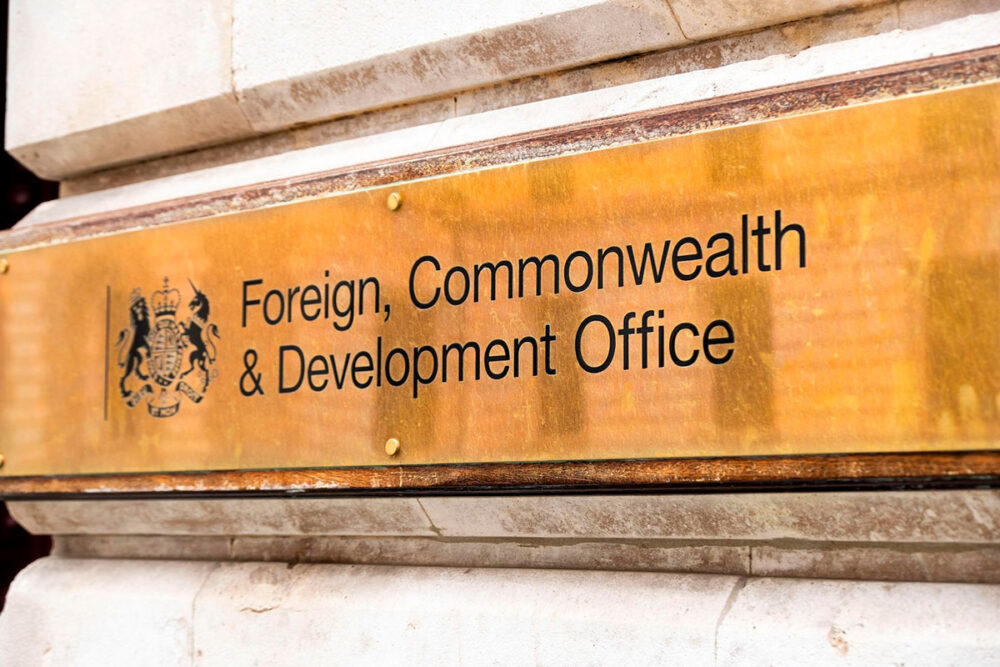The Building Schools for the Future programme aims to rebuild, refurbish and provide new Information Technology for all 3,500 secondary schools in England by 2020. The Department for Children, Schools and Families (DCSF) underestimated how long it would take to launch the programme and build the schools, though the speed of delivery has compared well with previous school building programmes.
Jump to downloads78 per cent of Local Authorities and 86 per cent of companies involved in the Building Schools for the Future (BSF) programme believe that it is leading to more strategic procurement of school infrastructure than previous school building programmes. Local Authorities are using BSF to rearrange the location, type and number of schools in their area and create facilities and school environments which support their educational objectives. BSF schools are built to higher specifications and space standards than previous schools; though until post occupancy reviews take place a year after each opens it will be too early to say whether they will meet user expectations.
However, DCSF and Partnerships for Schools (the body established by DCSF to manage the BSF programme centrally) were too optimistic in their assumptions of how quickly the first schools could be delivered. By December 2008, only 42 of the planned 200 schools had been built, with 54 due to open next year and 121 the year after. To include all schools in the programme, 250 schools will need to be built a year and the number of schools in procurement and construction at any one time will need to double from 2011 onwards. The extent to which problems in the finance markets will affect BSF is still unclear.
DCSF and Partnerships for Schools estimate that the total cost of renewing the school estate will be between £52 billion to £55 billion which is £7 billion to £10 billion more than was estimated at the outset of the programme. DCSF has increased the scope of the programme and building cost inflation has been higher than originally estimated, but the cost of individual schools has been contained at a level similar to previously built PFI schools.
Local Education Partnerships are joint ventures between Local Authorities, BSF and the private sector to help procure and maintain BSF schools. Early evidence shows that Local Education Partnerships can lead to time and cost savings, but the first Local Education Partnerships found it difficult to establish effective working arrangements and cost more to establish than they necessary.
"Building Schools for the Future is a highly ambitious £55 billion programme. Converting that ambition to reality requires robust planning, close cost control and making a success of complex long-term partnerships. Partnerships for Schools and the Department were too optimistic in their early plans though programme management has since improved. But it remains a real challenge, in difficult market conditions, to deliver the 250 schools a year that will be needed, to include all schools by 2020 as currently planned."
Tim Burr, head of the National Audit Office
Downloads
- 0809135es.pdf (.pdf — 229 KB)
- 0809135.pdf (.pdf — 1 MB)
Publication details
- ISBN: 9780102954593 [Buy a hard copy of this report]
- HC: 135 2008-2009


